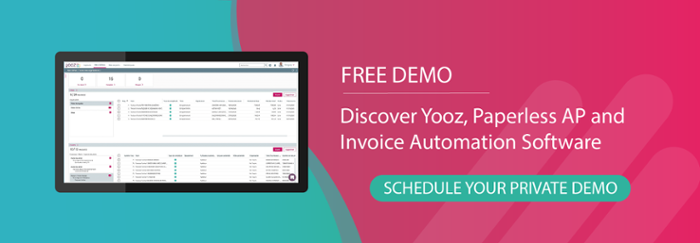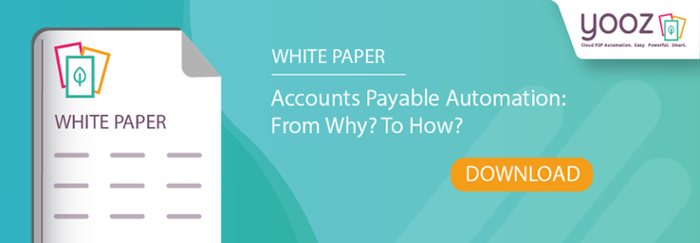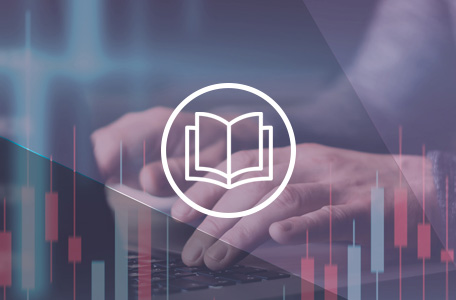There’s no doubt digital transformation was accelerated during the pandemic, but that doesn’t necessarily mean it was in the right areas.
Because despite finance leaders and businesses focusing on their digital transformation strategies during the pandemic, many are yet to prioritise the day-to-day functions of their accounting departments.
As employees left the office, businesses scrambled around for laptops, cloud computing systems and software to facilitate remote working conditions.
Because despite finance leaders and businesses focusing on their digital transformation strategies during the pandemic, many are yet to prioritise the day-to-day functions of their accounting departments.
As employees left the office, businesses scrambled around for laptops, cloud computing systems and software to facilitate remote working conditions.
But now the dust has settled and the future of remote, office or hybrid working seems a little clearer, it’s time to take stock of where tech investments still need to be made.
Collaboration tools such as Microsoft Teams and Slack have left us in good stead, but it’s time to think long-term about the future of the business - especially in accounting, an area notorious for being a digital transformation laggard.
Manual process hinders progress
Automation has changed our lives to the point where we don’t have to type the same email all the time, where our favourite fast food order is at our fingertips ready to be ordered, or can drive us from A to B without us touching the steering wheel. Well, at some point in the future at least.
Yet when it comes to finance departments, an area known for labour-intensive and monotonous tasks, and where automation can really show its stuff, the technology is almost nowhere to be seen.
A recent survey of 1,000 finance leaders showed that companies across the UK, EU and US continue to overlook accounts processing automation, with many still heavily reliant on manual processes.
One in five (20%) businesses are still using Excel spreadsheets and manual processes for accounts payable - just 18% have adopted full automation, with end-to-end invoice capture, approval and payment.
A typical accounts payable process would involve a colleague manually entering invoice details into a system of record, receiving approval from managers, and finally initiating payment.
Although it sounds simple in these three steps, manually processing invoices has proven time and time again to increase the possibility of human error, miscalculations and incorrect or double payments.
According to Gartner, the cost of processing one invoice in the UK can range from £4 to £25, and in some cases can rise as high as £50. The cost of invoice processing using automation tools can reduce this by as much as 80 percent.
Many businesses are losing money through higher invoice processing costs and slow payments and collection processes, not to mention the impact on client and supplier relations.
By ignoring the benefits new technology can bring, businesses are gambling with their own productivity and efficiency - as well as the knock-on effects towards their customers and suppliers.
Accounts Payable needs a tech injection
But it doesn’t have to be this way. In fact, many businesses have woken up to the fact they need better processes, with the same survey of finance leaders showing that Cloud and SaaS solutions were the top tech priority for 41% of businesses.
This is largely being driven by limited resources in finance departments and high invoice volume, with businesses receiving and sending anywhere from ten to ten thousand a month.
The use of manual processes, and a glance over at the benefits of technologies such as automation, has driven a desire to digitise. As have the proof points, with businesses standing to realise an 80% reduction in processing costs and 70% faster processing cycle times.
Automation in accounts payable eliminates the need for human interaction, and therefore error-prone tasks. In turn, this reduces the risk of fraud, as digital records are kept for full visibility and traceability further down the chain and for audit purposes.
Going digital also creates sustainability advantages, reducing the amount of paper needed to be printed. It also helps reduce labour, storage and printing costs, as well as better help businesses review and optimise their internal resources.
With automation, finance and accounting departments can also help optimise supplier payment processes, improving efficiency without compromising on quality and spend control.
No more excuses
The accounts payable function was already in desperate need for automation even before the pandemic. Now it’s become the stand out candidate.
Now, with mounting budget constraints and an even Post-pandemic, greater emphasis needs to be placed on time and cost savings, allowing finance professionals to focus on high-priority matters.
Although many businesses have focused their efforts on keeping operations going and staff working over the past year, the benefits of automated solutions simply cannot be ignored any longer.
With manual processes proving to be too time-consuming and high risk, any opportunity to improve quality and efficiency should be regarded as a top priority.
Those that haven’t embraced automation risk being left behind by those that have.

.png)






